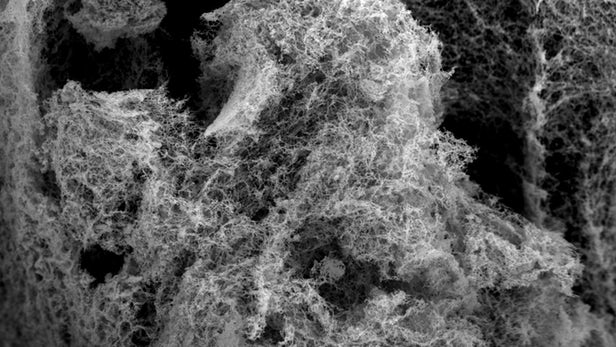
Breaking News
 Is Yen Carry Trade's unwind about to trigger a repo market meltdown? Let's dive into the mec
Is Yen Carry Trade's unwind about to trigger a repo market meltdown? Let's dive into the mec
 Chairman Rand Paul Releases New Report Revealing Hundreds of Billions...
Chairman Rand Paul Releases New Report Revealing Hundreds of Billions...
 Get Schiffty Music Video | Rick and Morty | Adult Swim
Get Schiffty Music Video | Rick and Morty | Adult Swim
Top Tech News
 This tiny dev board is packed with features for ambitious makers
This tiny dev board is packed with features for ambitious makers
 Scientists Discover Gel to Regrow Tooth Enamel
Scientists Discover Gel to Regrow Tooth Enamel
 Vitamin C and Dandelion Root Killing Cancer Cells -- as Former CDC Director Calls for COVID-19...
Vitamin C and Dandelion Root Killing Cancer Cells -- as Former CDC Director Calls for COVID-19...
 Galactic Brain: US firm plans space-based data centers, power grid to challenge China
Galactic Brain: US firm plans space-based data centers, power grid to challenge China
 A microbial cleanup for glyphosate just earned a patent. Here's why that matters
A microbial cleanup for glyphosate just earned a patent. Here's why that matters
 Japan Breaks Internet Speed Record with 5 Million Times Faster Data Transfer
Japan Breaks Internet Speed Record with 5 Million Times Faster Data Transfer
 Advanced Propulsion Resources Part 1 of 2
Advanced Propulsion Resources Part 1 of 2
 PulsarFusion a forward-thinking UK aerospace company, is pushing the boundaries of space travel...
PulsarFusion a forward-thinking UK aerospace company, is pushing the boundaries of space travel...
 Dinky little laser box throws big-screen entertainment from inches away
Dinky little laser box throws big-screen entertainment from inches away
 'World's first' sodium-ion flashlight shines bright even at -40 ºF
'World's first' sodium-ion flashlight shines bright even at -40 ºF
Metallic nanofoam wrings hydrogen out of water more efficiently

Zapping hydrogen out of water through a process called electrolysis is the cleanest way, but the catalysts required are rare-Earth metals like platinum. Researchers at Washington State University have now developed a quick and inexpensive alternative, making a "nanofoam" catalyst out of nickel and iron that they say performed better than usual.
Water electrolysis hasn't quite made it to industrial scale yet, mostly due to the costs of those catalysts and the high energy input required to trigger the reaction. Improving these areas is a key area of research, with scientists tackling the problem by using catalysts such as inexpensive molybdenum sulfide, and hybrid solid-state electrolyzers.
The WSU researchers used nickel and iron, two cheap and abundant metals, as a catalyst. From those they created a nanofoam, a material that resembles a sponge on the atomic level. With a large amount of surface area making contact with the water, the nanofoam is able to efficiently trigger the reaction, and the team found that the material worked better and required less energy than the more expensive catalysts, losing very little activity over a 12-hour stability test.



